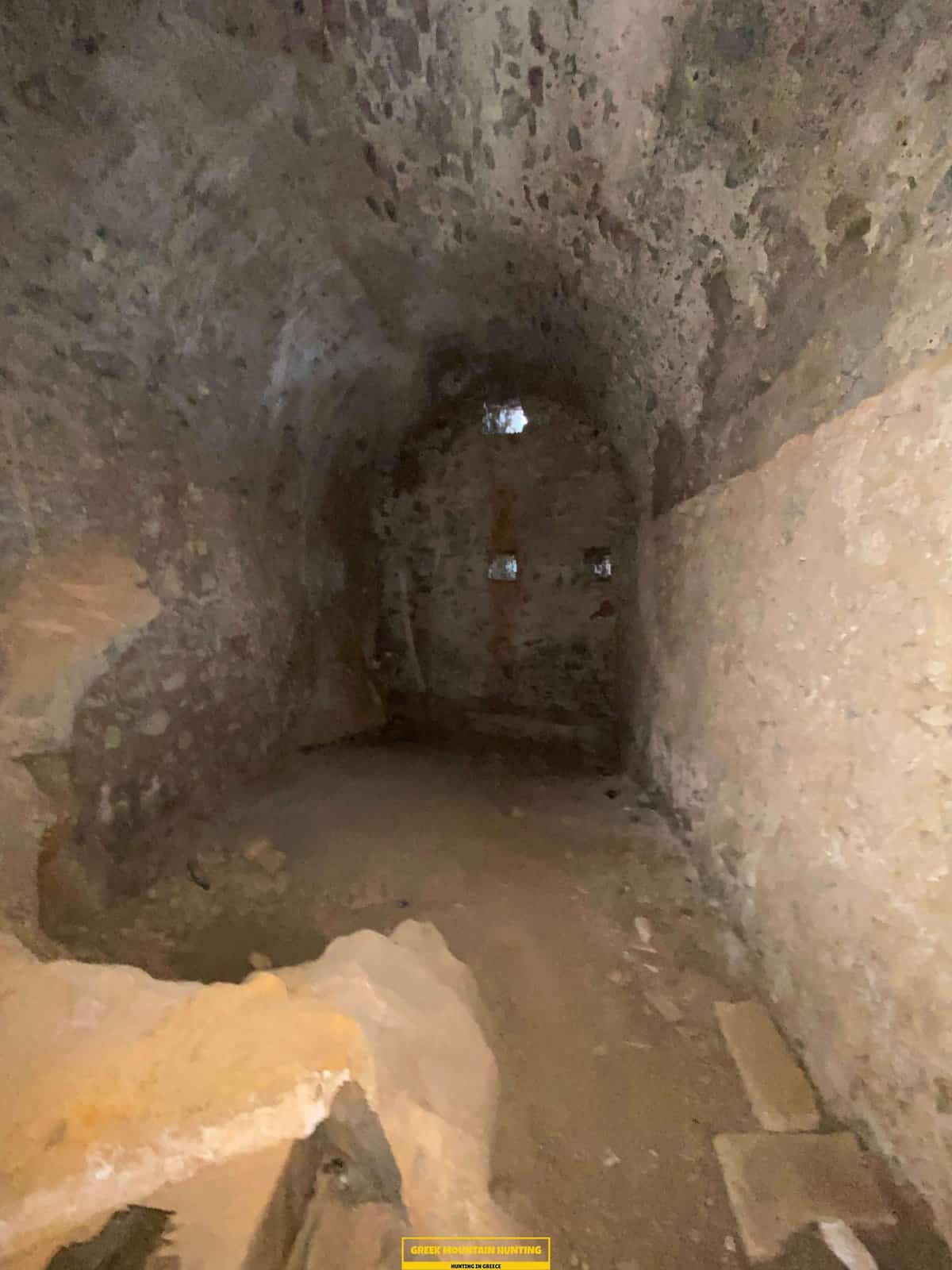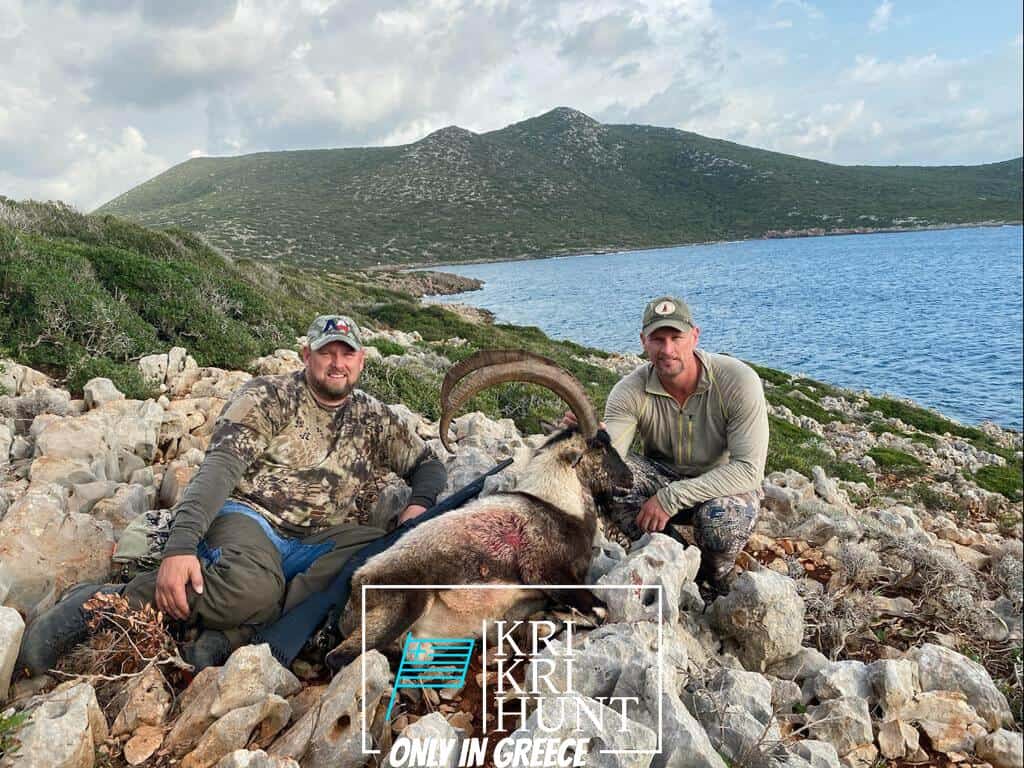Join the hunt for Kri kri ibex
Join the hunt for Kri kri ibex
Blog Article

Searching for Kri Kri ibex in Greece is an amazing hunting exploration and great trip all in one. Ibex searching is normally an extreme experience, but not in this instance! Dive to shipwrecks and spearfishing in old Greece, or appreciate ibex hunting in an unique locale are simply a few of the things you may do during a week lengthy ibex searching trip in Greece. Can you consider anything else?

This Ibex is not a diminutive form of the Bezoar Ibex, which has actually migrated to the western side of its variety. The kri-kri (Capra aegagrus cretica), likewise known as the Cretan goat, Agrimi, or Cretan Ibex, is a wild goat aboriginal to the Eastern Mediterranean. The kri-kri (Capra aegagrus cretica), a feral goat populating the East Mediterranean, was once believed to be a subspecies of wild goat. The kri-kri has a light brownish layer with a darker neck band. Their 2 sweeping horns rise from their head. The kri-kri is a wary and also shy pet in the wild, resting during the day. They can leap cross countries or climb relatively large cliffs.
On our Peloponnese excursions, you'll reach experience all that this remarkable region has to use. We'll take you on a trip of a few of the most stunning and also historical websites in all of Greece, including ancient damages, castles, and also a lot more. You'll likewise reach experience some of the typical Greek culture direct by enjoying a few of the scrumptious food and also white wine that the region is known for. And also of course, no journey to Peloponnese would be complete without a dip in the sparkling Mediterranean Sea! Whether you're a skilled seeker seeking a first-time vacationer or a brand-new experience simply wanting to check out Greece's stunning landscape, our Peloponnese scenic tours are perfect for you. What are you waiting for? Reserve your trip today!
So if you are searching for a genuine Greek experience away from the pressure of tourism then look no more than Methoni in The Peloponnesos! Our outdoor searching for Kri Kri ibex, angling, free diving and also touring Peloponnese scenic tours from Methoni are the ideal means to discover this beautiful area at your own speed with like minded individuals. Get in touch with us today to schedule your place on one of our scenic tours.
What is the diference between Kri Kri ibex, Bezoar ibex and hybrid ibex
The kri-kri is not thought to be indigenous to Crete, most likely having been imported to the island during the time of the Minoan civilization. Nevertheless, it is found nowhere else and is therefore endemic to Crete. It was common throughout the Aegean but the peaks of the 8,000 ft (2,400 m) White Mountains of Western Crete are their last strongholds–particularly a series of almost vertical 3,000 ft (900 m) cliffs called ‘the Untrodden’—at the head of the Samaria Gorge. This mountain range, which hosts another 14 endemic animal species, is protected as a UNESCO Biosphere Reserve. In total, their range extends to the White Mountains, the Samaria National Forest and the islets of Dia, Thodorou, and Agii Pandes.
This Ibex is NOT a diminutive form of the Bezoar Ibex, which has migrated into the western-most reach of the range of this species. The kri – kri (Capra aegagrus cretica), sometimes called the Cretan goat, Agrimi, or Cretan Ibex, is a feral goat inhabiting the Eastern Mediterranean, previously considered a subspecies of wild goat. The kri-kri has a light brownish coat with a darker band around its neck. It has two horns that sweep back from the head. In the wild they are shy and avoid tourists, resting during the day. The animal can leap some distance or climb seemingly sheer cliffs.
“The agrimi goat Capra aegagrus cretica is unique to Crete and its offshore islands. It has been identi®ed as a sub-species of the wild bezoar goat Capra aegagrus aegagrus Erxleben, 1777, which it closely resembles in horn shape, body form and coloration. This classi®cation has been disputed by some researchers who claim that the agrimi are feral goats, derived from early domestic stock brought to the island by the ®rst Neolithic settlers. In order to clarify this issue, DNA analyses (cytochrome b and D loop sequences) were carried out on tissue of live and skeletonized agrimi and compared to sequences of wild and domestic caprines. Results conclusively show the agrimi to be a feral animal, that clades with domestic goats (Capra hircus) rather than with wild Asiatic bezoar. This study demonstrates that morphometric criteria do not necessarily re¯ect genetic af®nities, and that the taxonomic classi®cation of agrimi should be revised.”
Report this page